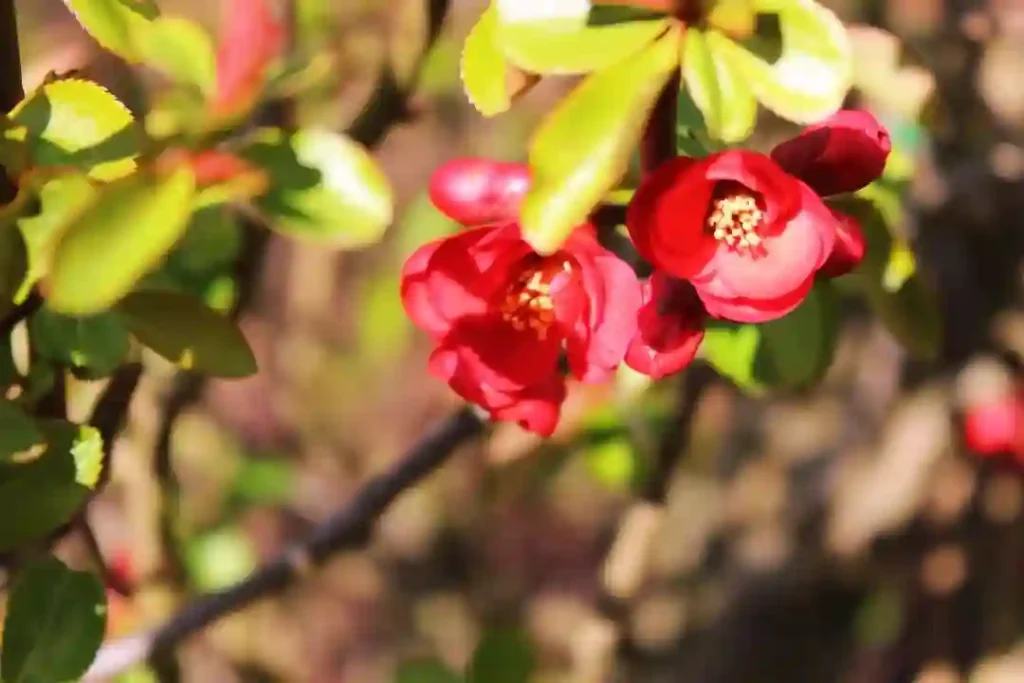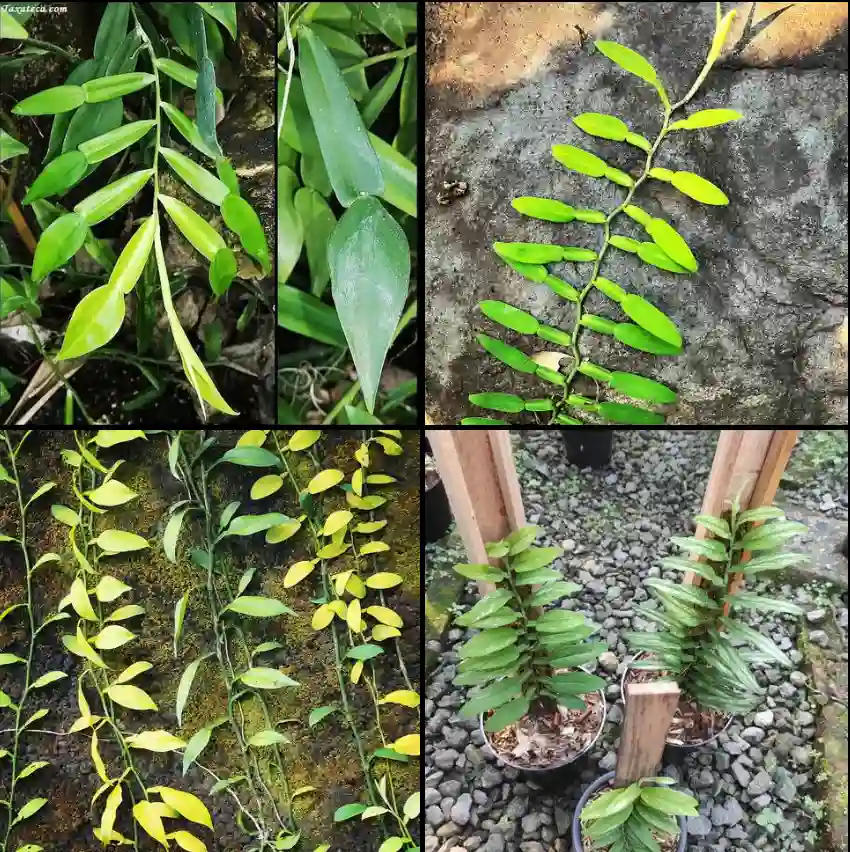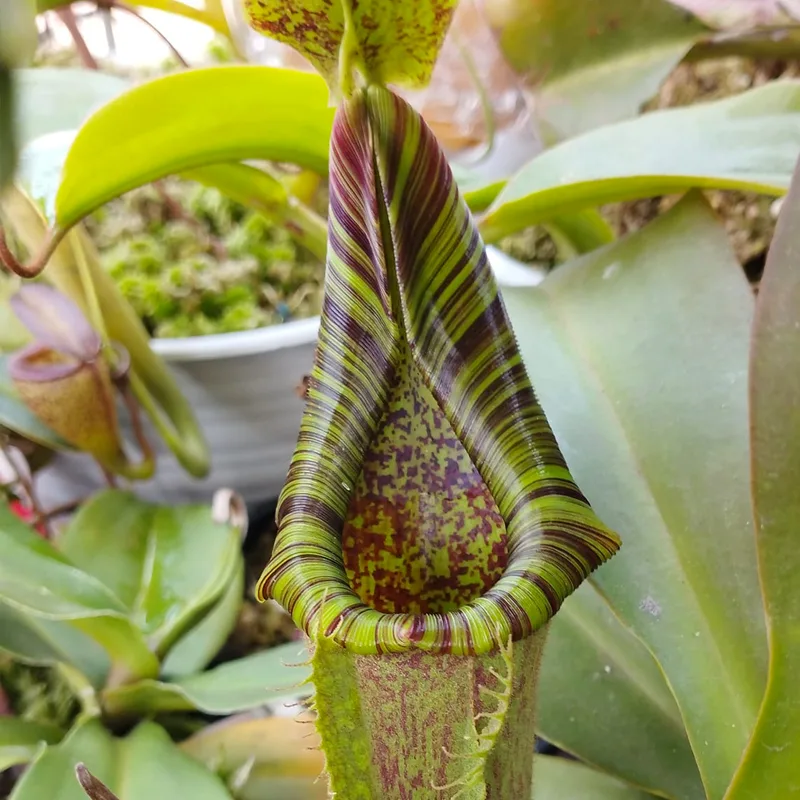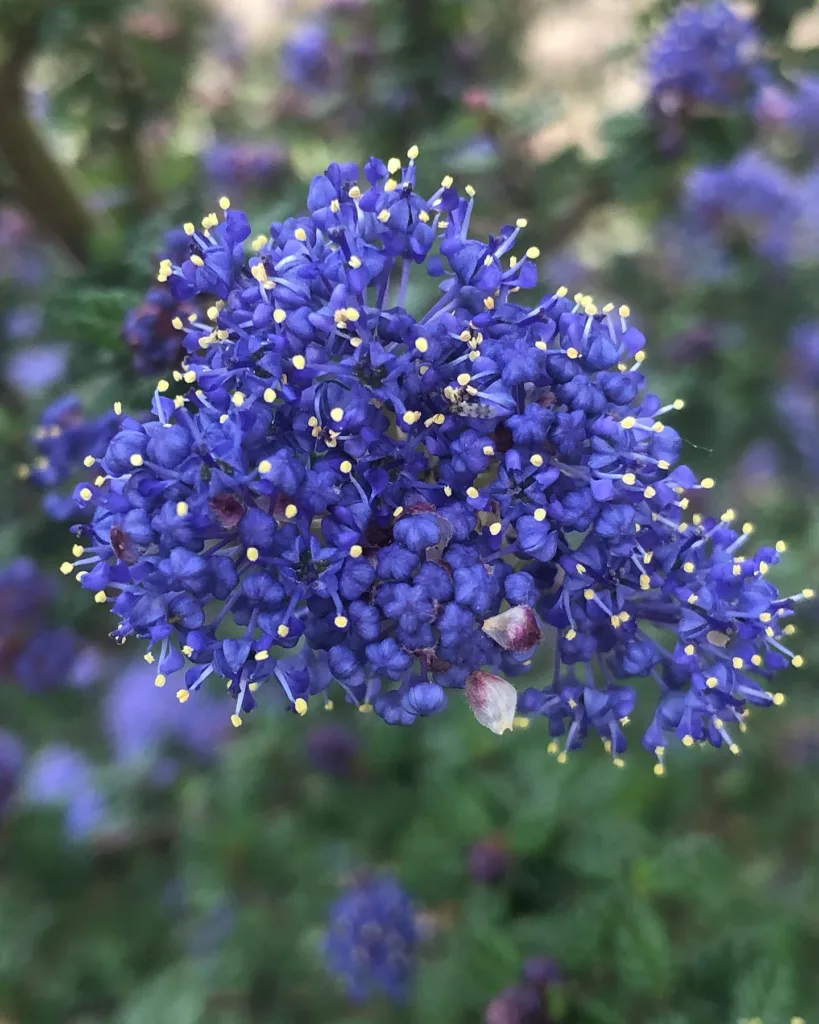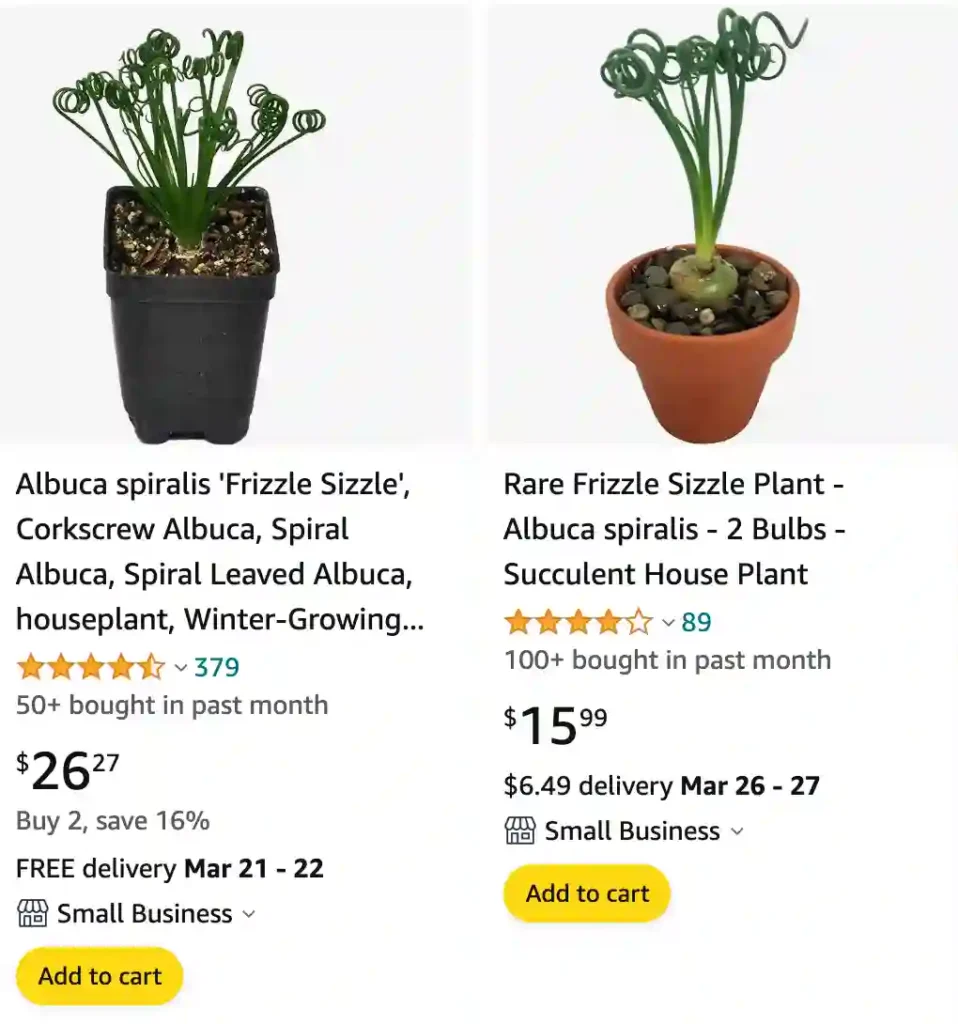
How to care for albuca spiralis?
Caring for Albuca Spiralis, also known as Corkscrew Albuca or Frizzle Sizzle plant, involves the following steps:
166 Species in Genus Albuca
- Sunlight: Place the plant in a location with bright, indirect sunlight. It can tolerate some direct sunlight, but too much may scorch its leaves.
- Watering: Water the plant thoroughly when the top inch of soil feels dry to the touch during the growing season. Allow the soil to dry out slightly between waterings to prevent root rot. Reduce watering during the plant’s dormant period.
- Soil: Plant Albuca Spiralis in well-draining soil, such as a mix of potting soil and perlite or sand. A succulent or cactus mix works well.
- Temperature: Keep the plant in a warm environment with temperatures above 50°F (10°C). It can tolerate cooler temperatures during its dormant period.
- Fertilizing: Feed the plant with a balanced liquid fertilizer diluted to half strength every 4-6 weeks during the growing season.
- Humidity: Maintain moderate humidity levels around the plant, especially during the growing season. Provide occasional misting if the air is dry.
- Pests and Diseases: Keep an eye out for pests such as spider mites or mealybugs. Treat any infestations promptly with insecticidal soap.
How to grow albuca spiralis from seed?
To grow Albuca Spiralis from seed:
- Seed Preparation: Soak the seeds in warm water for 24 hours to soften the seed coat and improve germination.
- Planting: Sow the seeds in well-draining soil, covering them lightly with soil. Keep the soil consistently moist but not waterlogged.
- Germination: Place the planted seeds in a warm location with indirect sunlight. Germination usually occurs within 2-6 weeks.
- Care: Once the seedlings emerge, provide them with the same care as mature plants, gradually acclimating them to brighter light.
How to propagate albuca spiralis?
Albuca Spiralis can be propagated through division of offsets or by planting seeds. To propagate through division:
- Separation: Carefully remove offsets or bulbils that have formed around the base of the parent plant.
- Planting: Plant the offsets in individual pots filled with well-draining soil. Keep them watered and provide bright, indirect sunlight.
- Care: Treat the newly planted offsets with the same care as mature plants, adjusting watering and sunlight as needed.
Is albuca spiralis a succulent?
Yes, Albuca Spiralis is considered a succulent plant. It belongs to the Asparagaceae family and is known for its unique spiral or corkscrew-shaped leaves.
Is albuca spiralis toxic to cats?
There is limited information available about the toxicity of Albuca Spiralis to cats. As a precaution, it’s best to keep pets away from the plant to prevent accidental ingestion.
Where to buy albuca spiralis?
You can buy Albuca Spiralis from nurseries specializing in succulent plants, online plant retailers, or botanical gardens with specialty collections.
How to pollinate albuca spiralis?
Albuca Spiralis is pollinated by insects, primarily bees and flies. When grown indoors, natural pollination may be limited. However, you can manually pollinate the flowers by gently transferring pollen from one flower to another using a small brush or cotton swab.
What to do with dormant albuca spiralis?
During its dormant period, reduce watering and allow the soil to dry out slightly between waterings. Place the plant in a cooler location with indirect sunlight. Resume regular watering and care when new growth begins to emerge.
Why frizzle size albuca spiralis leaves turning brown?
Frizzle-sized Albuca Spiralis leaves may turn brown due to various factors, including:
- Overwatering: Ensure the plant is not receiving excessive moisture, as soggy soil can lead to root rot and leaf discoloration.
- Underwatering: Insufficient watering can also cause leaf browning. Ensure the plant receives adequate moisture during the growing season.
- Sunburn: Direct exposure to intense sunlight can scorch the leaves, leading to browning. Provide the plant with bright, indirect sunlight to prevent sunburn.
- Pests or Diseases: Check the plant for signs of pests or diseases, such as spider mites or fungal infections, which can cause leaf damage and discoloration. Treat any issues promptly.
If i die, water my plants!
